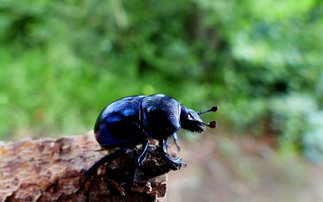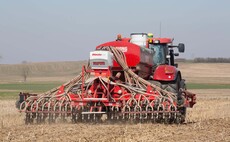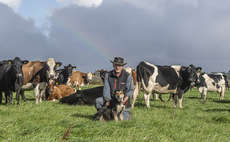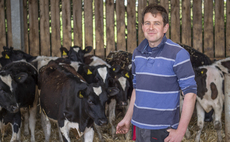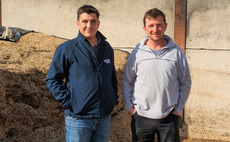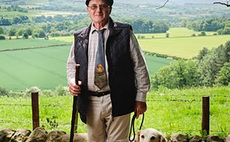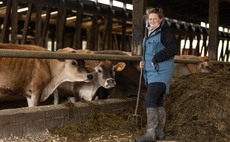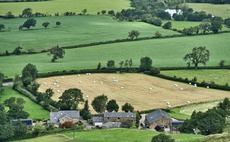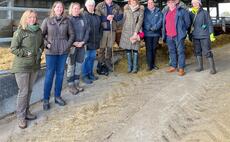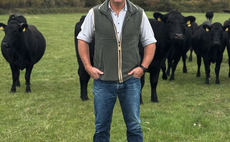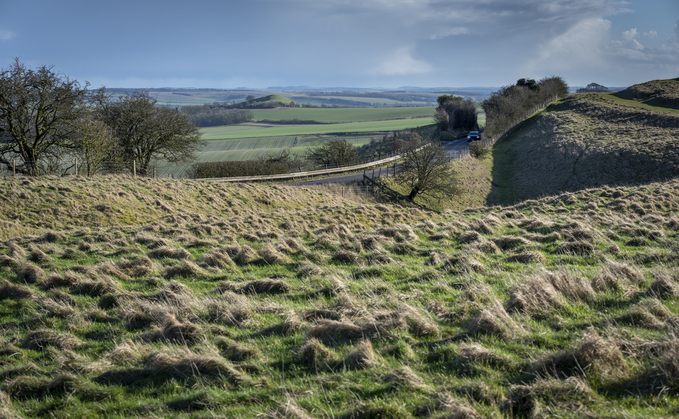
Add a cover crop or integrate grassland with an arable crop. These are two strategies that farmers could take in managing grassland pests in the absence of an effective pesticide. But, advises Limagrain's forage crop manager John Spence, avoid, if possible, growing grass ‘back to back', especially in autumn."
His warning comes as farmers adopt more integrated pest management and rely less on pesticides.
"Instead, we need to break the pests' life cycle. This is the best means of control without an effective pesticide. And if a ley can be ‘out of grass' for six months or a year, then the lifecycle is broken and there will be little chance of any residual pest problems."
"Those on a mixed farm have the option of rotating grass and arable crops. But for those purely livestock units or where an arable rotation isn't an option, first or second cut silage could be followed by a break crop of swede, kale or stubble turnip.����The land should be cultivated and ideally left fallow for more than two weeks before sowing the break crop in July - or in August in the case of stubble turnips or the rape/kale hybrid Interval."
"This would provide a winter feed prior to cultivation and reseeding in the following spring. Alternatively, the stubble turnip break crop could be sown in late spring and fed during summer followed by a grass seed mixture sown in September. And any of these break crops remove the feed source for the grassland pests, giving the following reseed the best possible chance of survival."
However, Mr Spence acknowledges that there are situations where continuous grass is the only option. "It is vital that, in these situations, at least two weeks is allowed between cultivation and sowing so that birds can feed on the bugs, or grassland pests, in the soil. And again, a spring reseed is preferable. Ploughing in July, before reseeding, can reduce leatherjacket populations by 50%. And it is worth increasing the seed rate to between 37kg and 50kg a hectare to counter any seedling losses."
"Farmers should review their own situation and feed requirements, alongside the land type and climate. But there are plenty of options to suit most farms, in addition to the advantages of more productive grassland that can follow these crops."
BRASSICA PEST BUSTERS
A brassica break crop can help to break the lifecycle of grassland pests by taking away their food sources. These crops also provide a cost-effective and high quality feed for cattle, for example:
Forage rape and kale hybrids
The advantage with these crops are their flexible sowing dates, typically anytime from May to August so this could be after first or second cut silage. They are fast growing and leafy - crops of the rape/kale hybrid Interval can be ready for using within 10 or 12 weeks of sowing. Their feed value is high - typically yielding����19-20% crude protein with 11-12% dry matter.
Swedes
Sown in April to June and after first cut silage, a crop of swedes has low production costs but high dry matter yields, typically seven to 10 tonnes per hectare - or 10 to 13% DM
Varieties like Gowrie and Bora can be grazed in autumn if the land is heavy. Swedes can also be lifted and stored or zero grazed which can suit dairy units.
Stubble turnip
This is a fast growing crop that can be sown in May or June and used as a summer buffer feed then followed by an autumn grass reseed. High protein contents of 17-18% are typical, mainly from the leaves. The stubble turnip hybrid Tyfon is especially leafy so an ideal choice for summer use when the grass growth slows down. And the four or so month grass ‘gap' would be enough to break the lifecycle of any grassland pests ahead of the next grass reseed.
Stubble turnips can also be sown after second cut silage or later, in July to August instead of an autumn reseed. Grazed in situ for youngstock, zero grazed or ensiled, this is a good value winter feed, leaving the ground ready for cultivation and reseeding in spring.






